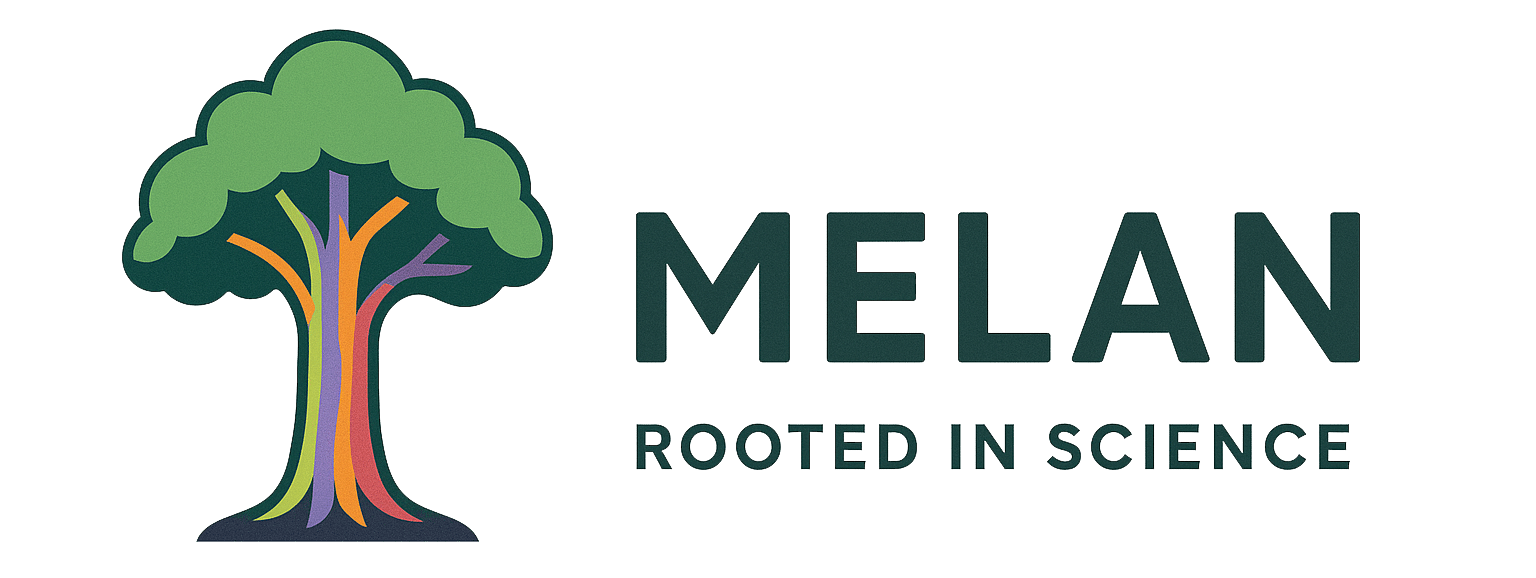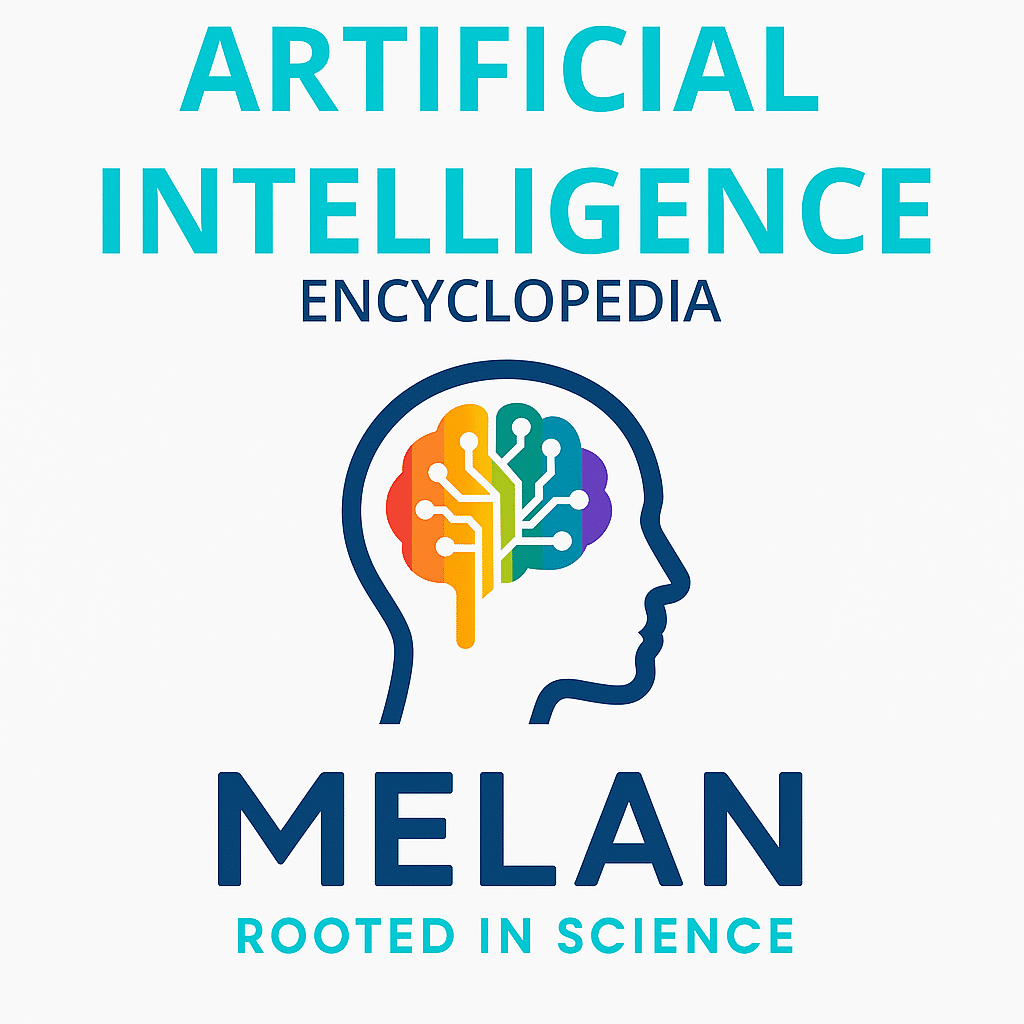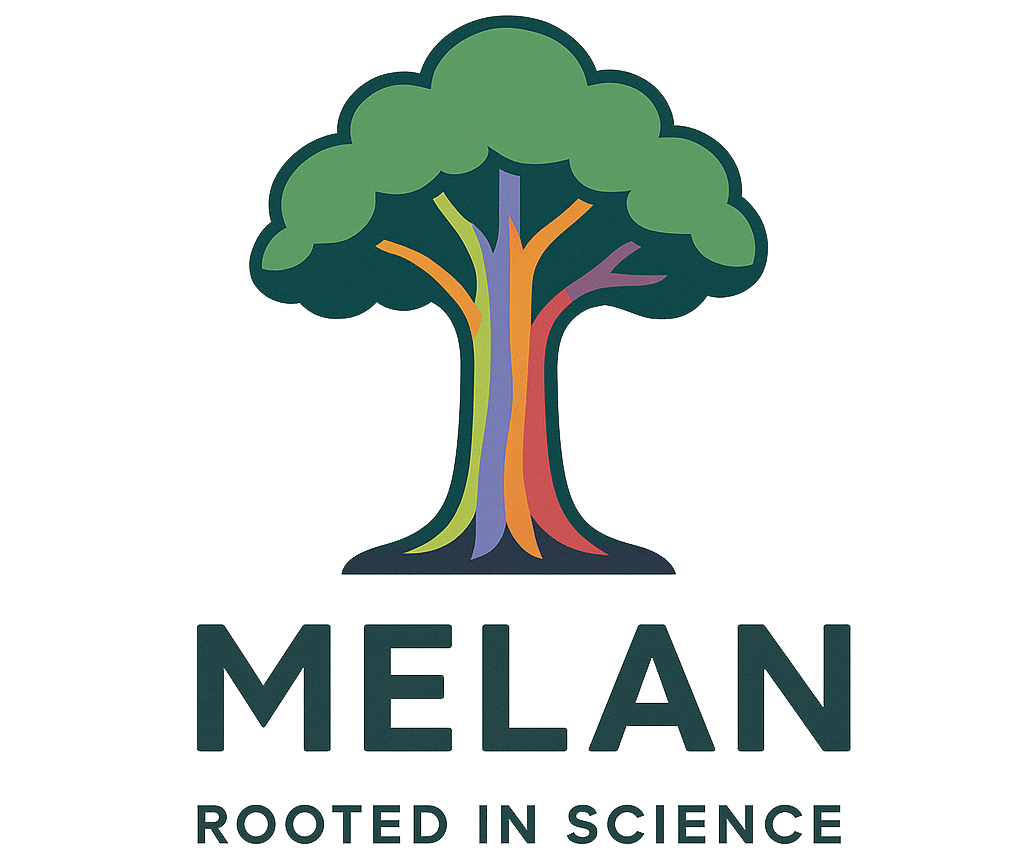Knowledge Graph refers to a structured representation of knowledge that organizes information as interconnected entities, relationships, and attributes in a graph-based format, enabling artificial intelligence systems to understand, reason about, and retrieve complex information through semantic relationships. These systems represent real-world concepts, people, places, and events as nodes connected by labeled edges that describe relationships, forming comprehensive knowledge bases that power search engines, recommendation systems, and intelligent assistants with contextual understanding and reasoning capabilities.
Knowledge Graph
|
|
|---|---|
| Category | Knowledge Representation, Artificial Intelligence |
| Subfield | Semantic Web, Information Retrieval, Natural Language Processing |
| Core Components | Entities, Relations, Attributes, Ontologies |
| Data Format | RDF Triples, Graph Databases, Semantic Networks |
| Primary Applications | Search Engines, Recommendation Systems, Question Answering |
| Sources: Google Knowledge Graph, W3C RDF Specification, Knowledge and Information Systems Journal | |
Other Names
Semantic Network, Knowledge Base, Ontology, Entity-Relationship Graph, Semantic Graph, Conceptual Graph, Information Graph, Structured Knowledge Base
History and Development
Knowledge graphs evolved from early work in artificial intelligence and semantic networks in the 1960s and 1970s, when researchers like Marvin Minsky and Ross Quillian developed systems to represent knowledge using nodes and links. The concept gained momentum with the development of expert systems in the 1980s and the emergence of the Semantic Web initiative led by Tim Berners-Lee in the 2000s, which established standards like RDF and OWL for web-based knowledge representation.
The term “knowledge graph” gained widespread recognition when Google introduced its Knowledge Graph in 2012, using structured data to enhance search results with factual information about people, places, and things. Since then, major technology companies including Microsoft (Satori), Facebook (now Meta), Amazon, and others have developed large-scale knowledge graphs, while open initiatives like Wikidata and DBpedia have created collaborative, publicly accessible knowledge bases that serve research and commercial applications worldwide.
How Knowledge Graphs Work
Knowledge graphs organize information using a triple-based structure consisting of subject-predicate-object relationships, where entities serve as subjects and objects connected by predicates that describe their relationships. For example, the triple “Barack Obama – was President of – United States” represents a factual relationship between two entities. These triples accumulate to form vast networks where entities can participate in multiple relationships, creating rich interconnected webs of knowledge.
Graph databases store and index these relationships efficiently, enabling complex queries that traverse multiple connections to answer sophisticated questions. Machine learning algorithms enhance knowledge graphs through entity resolution that identifies when different names refer to the same entity, relation extraction that discovers new relationships from text, and knowledge completion techniques that infer missing connections based on existing patterns in the graph structure.
Variations of Knowledge Graphs
Enterprise Knowledge Graphs
Internal organizational knowledge systems that integrate business data, documents, and expertise to enable better decision-making, knowledge sharing, and business intelligence across departments and business units.
Domain-Specific Knowledge Graphs
Specialized ontologies focused on particular fields like medicine, finance, or science, containing deep expertise and terminology specific to those domains for specialized applications and research.
Multilingual and Cross-Cultural Knowledge Graphs
Systems that represent knowledge across multiple languages and cultural contexts, enabling global applications and cross-linguistic information retrieval and reasoning capabilities.
Real-World Applications
Knowledge graphs power search engine enhancements that provide direct answers to user queries, displaying information panels with facts about people, places, organizations, and concepts without requiring users to visit multiple websites. E-commerce platforms use ontologies to improve product recommendations by understanding relationships between items, brands, categories, and customer preferences, creating more accurate and personalized shopping experiences. Virtual assistants like Siri, Alexa, and Google Assistant rely on knowledge bases to answer factual questions, understand context in conversations, and provide relevant information about entities mentioned in user queries.
Financial services employ knowledge graphs for fraud detection and risk assessment by mapping relationships between accounts, transactions, and entities to identify suspicious patterns and connections. Healthcare systems use medical knowledge graphs to support clinical decision-making, drug discovery, and patient care by representing relationships between symptoms, diseases, treatments, and medical literature.
Knowledge Graph Benefits
Knowledge graphs provide structured, machine-readable representations of human knowledge that enable AI systems to understand context, make inferences, and provide more intelligent responses to complex queries. They facilitate data integration across diverse sources by providing common semantic frameworks that unify information from databases, documents, and web sources under consistent ontologies and vocabularies. Knowledge graphs enable sophisticated reasoning capabilities that allow AI systems to discover implicit relationships, answer complex questions, and make logical deductions based on existing knowledge.
The graph structure provides flexibility and scalability for representing evolving knowledge domains, allowing easy addition of new entities and relationships without requiring structural changes to existing data. They also improve explainability in AI systems by providing transparent pathways for understanding how conclusions are reached through traceable relationships and evidence chains.
Risks and Limitations
Data Quality and Consistency Challenges
Knowledge graphs are susceptible to inconsistent, outdated, or incorrect information that can propagate through reasoning systems and lead to false conclusions, particularly when integrating data from multiple sources with varying reliability and update frequencies. Maintaining data quality across large-scale knowledge graphs requires significant ongoing effort and sophisticated validation mechanisms.
Bias and Representation Issues
Knowledge graphs can encode and amplify societal biases present in their source data, leading to skewed representations of people, cultures, and concepts that may perpetuate discrimination or misunderstanding. The construction and curation processes often reflect the perspectives and biases of their creators, potentially marginalizing certain viewpoints or communities.
Privacy and Sensitive Information Concerns
Ontologies that integrate personal information, social connections, and behavioral data raise significant privacy concerns, particularly when they enable inference of sensitive information about individuals through relationship analysis. The comprehensive nature of knowledge graphs can reveal personal details that individuals never explicitly shared.
Scalability and Computational Complexity
As knowledge graphs grow to billions of entities and relationships, query processing and reasoning become computationally expensive, requiring sophisticated optimization techniques and distributed computing resources. Complex reasoning tasks can become intractable for very large graphs, limiting real-time applications and interactive use cases.
Regulatory Frameworks and Governance Issues
The use of knowledge graphs for profiling, recommendation, and decision-making faces increasing regulatory scrutiny under privacy laws like GDPR and emerging AI regulations. Questions of data ownership, consent, and algorithmic transparency become complex when dealing with inferred knowledge and relationship discovery. These regulatory changes stem from legal pressure following cases where knowledge graphs enabled privacy violations or discriminatory profiling, market demands from users for transparency and control over their data representation, reputation management after high-profile misuse of personal information graphs, and investor concerns about regulatory compliance and liability in knowledge-based AI systems.
Industry Standards and Ethical Guidelines
Technology companies, data protection authorities, academic institutions, and civil society organizations work to establish standards for responsible knowledge graph development and use, while professional associations develop guidelines for handling sensitive information and ensuring fairness. Research communities focus on developing bias detection methods and privacy-preserving knowledge graph techniques.
The intended outcomes include protecting individual privacy in large-scale knowledge systems, ensuring fair and unbiased representation across different groups, establishing transparent governance mechanisms for knowledge graph construction, and maintaining public trust in knowledge-based AI applications.
Initial evidence shows increased investment in privacy-preserving knowledge graph technologies, development of bias auditing tools for semantic representations, growing awareness of ethical issues in knowledge representation, and establishment of industry guidelines for responsible knowledge graph practices.
Current Debates
Open vs. Proprietary Knowledge Graph Development
Researchers and companies debate whether knowledge bases should be developed as open, collaborative resources like Wikidata or maintained as proprietary assets, weighing benefits of collective intelligence against competitive advantages and quality control concerns.
Automated vs. Human-Curated Knowledge Extraction
The field is divided between approaches that emphasize automatic knowledge extraction from text and data versus human curation and expert validation, balancing scalability against accuracy and reliability in knowledge representation.
Factual Knowledge vs. Subjective Information
Knowledge graph designers debate how to handle subjective information, opinions, and cultural perspectives alongside objective facts, particularly when different sources provide conflicting information or represent different viewpoints on controversial topics.
Static vs. Dynamic Knowledge Representation
Computer scientists disagree about optimal strategies for handling temporal information and evolving knowledge, weighing the complexity of time-aware knowledge graphs against the need to represent changing relationships and facts accurately.
Privacy-Preserving vs. Comprehensive Knowledge Integration
Practitioners argue about acceptable trade-offs between creating comprehensive ontologies that maximize utility and protecting individual privacy through data minimization and anonymization techniques.
Media Depictions of Knowledge Graphs
Movies
- Minority Report (2002): The PreCrime system’s comprehensive database of relationships and predictions reflects the type of interconnected knowledge representation that modern ontologies enable
- The Matrix (1999): The Matrix itself represents a vast knowledge graph containing information about every person, place, and relationship in the simulated reality
- I, Robot (2004): VIKI’s access to vast amounts of interconnected information and her ability to reason about relationships parallels advanced knowledge graph applications
TV Shows
- Person of Interest (2011-2016): The Machine’s comprehensive surveillance network and ability to understand relationships between people, places, and events reflects sophisticated knowledge base capabilities
- Sherlock (2010-2017): Sherlock Holmes’ (Benedict Cumberbatch) “mind palace” and his ability to connect seemingly unrelated facts parallels how knowledge graphs enable complex reasoning and inference
- Westworld (2016-2022): The park’s detailed knowledge about guest preferences, behaviors, and relationships demonstrates knowledge graph applications in personalization and prediction
Books
- The Baroque Cycle by Neal Stephenson: Explores interconnected networks of knowledge, relationships, and information that parallel modern knowledge graph concepts
- Gödel, Escher, Bach (1979) by Douglas Hofstadter: Examines interconnected systems of meaning and knowledge representation that relate to knowledge graph principles
- The Information (2011) by James Gleick: Discusses the history and nature of information organization and representation, including concepts that underlie knowledge graphs
Games and Interactive Media
- Wikipedia and Wikimedia Projects: Real-world collaborative knowledge creation that demonstrates principles of distributed knowledge graph construction and maintenance
- Detective and Investigation Games: Games like Her Story and Paradise Killer require players to piece together relationships and connections, paralleling knowledge graph reasoning
- Knowledge Graph Browsers: Interactive tools like Google’s Knowledge Graph search results and semantic web browsers that allow users to explore interconnected information
Research Landscape
Current research focuses on developing machine learning techniques for automatic knowledge base construction and completion, including neural methods for entity resolution, relation extraction, and link prediction that can build large-scale knowledge bases from unstructured text. Scientists are working on reasoning algorithms that can perform complex inference over knowledge graphs, including multi-hop reasoning, analogical reasoning, and common-sense reasoning that enable more sophisticated question answering and decision support.
Advanced techniques combine knowledge graphs with other AI methods like neural networks and reinforcement learning to create hybrid systems that leverage both symbolic knowledge and statistical learning. Emerging research areas include temporal knowledge graphs that represent how relationships change over time, multilingual ontologies that work across language boundaries, and privacy-preserving techniques that enable knowledge sharing while protecting sensitive information.
Selected Publications
- AI Patents Block Life-Saving Drug Discovery
- What is Artificial Intelligence (AI)?
- 60 ChatGPT Prompts for Writing Ad Copy Fast
- What is Digital Marketing?
- Build a Powerful Content Marketing Strategy for Your Wellness Beauty Brand
- What is a “personal hardship” flag in Google Merchant Center?
- Mycorrhizal symbioses and tree diversity in global forest communities
- What is Schema Markup?
- SEO is Outdated, Optimize Your Website for AI
- Google Personal Hardship Alerts Get It Wrong and Mislabel Products
- New case law and liability risks for manufacturers of medical AI
- Stop Training Google to Steal Your Patients with 3rd-Party Analytics
- Phage display enables machine learning discovery of cancer antigen–specific TCRs
- Discovery of unconventional and nonintuitive self-assembling peptide materials using experiment-driven machine learning
- When Google Misunderstands Your Business and You Rank for Irrelevant Keywords
Frequently Asked Questions
What exactly is a knowledge graph?
A knowledge graph is a structured database that organizes information as interconnected entities and relationships, like a network where nodes represent things (people, places, concepts) and edges represent how they’re related.
How do knowledge graphs differ from traditional databases?
Unlike traditional databases organized in tables, knowledge graphs store information as flexible networks of relationships, making it easier to discover connections, answer complex questions, and integrate diverse information sources.
What are some examples of knowledge graphs I might use?
Google’s Knowledge Graph powers the information panels in search results, while LinkedIn uses knowledge graphs to suggest connections, and Netflix uses them to recommend content based on complex relationships between users, content, and preferences.
How are knowledge graphs created and maintained?
Knowledge graphs are built through a combination of automated extraction from text and databases, human curation and validation, and machine learning algorithms that discover new relationships and detect inconsistencies.
What are the privacy concerns with knowledge graphs?
Knowledge graphs can reveal sensitive information through relationship inference, create detailed profiles without explicit consent, and enable tracking across different contexts, raising important questions about data ownership and privacy protection.


